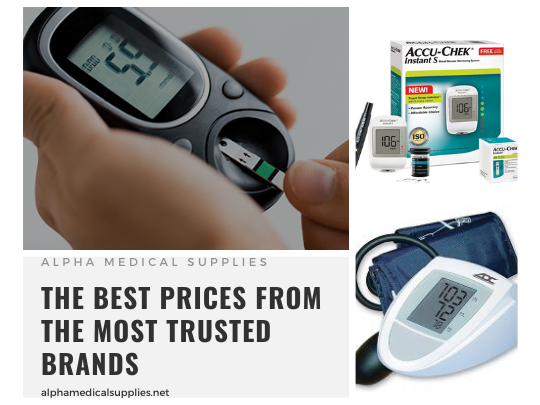In the dynamic landscape of healthcare, the advent of smart medical devices heralds a new era of personalized and accessible home care solutions. With advancements in technology driving innovation, these devices are reshaping the way individuals manage their health, offering convenience, efficiency, and peace of mind. Drawing insights from tech conferences and medical journals, let's explore how smart medical devices are paving the way for the future of home care.
1. Enhanced Monitoring and Management: Smart medical devices leverage cutting-edge technologies such as Internet of Things (IoT), artificial intelligence (AI), and wearable sensors to provide real-time monitoring of vital signs and health metrics. From smart scales that track weight fluctuations to wearable ECG monitors that detect irregular heart rhythms, these devices empower individuals to proactively manage their health from the comfort of their homes. Tech conferences showcase the latest innovations in remote patient monitoring systems, while medical journals delve into the efficacy and reliability of these devices in clinical settings.
2. Personalized Treatment and Intervention: One-size-fits-all approaches to healthcare are giving way to personalized interventions tailored to individual needs and preferences. Smart medical devices gather comprehensive data about an individual's health status and behavior, enabling healthcare providers to deliver targeted interventions and treatment plans. For example, smart insulin pumps adjust insulin dosages based on glucose levels, reducing the risk of hypoglycemia and improving glycemic control. Insights from tech conferences on personalized medicine and medical journals on clinical trials provide valuable perspectives on the integration of smart devices into personalized care pathways.
3. Remote Patient Engagement and Support: The rise of telemedicine and virtual care has accelerated the adoption of smart medical devices for remote patient engagement and support. Patients can connect with healthcare providers virtually, share data collected by smart devices, and receive timely guidance and feedback. Smart inhalers for asthma management, for instance, not only deliver medication but also track usage patterns and provide adherence reminders. Tech conferences showcase innovative telehealth platforms, while medical journals explore the impact of remote monitoring on patient outcomes and satisfaction.
4. Data-driven Insights and Predictive Analytics: The wealth of data generated by smart medical devices holds immense potential for predictive analytics and population health management. By analyzing trends and patterns in health data, healthcare providers can identify high-risk individuals, predict disease progression, and intervene proactively to prevent adverse outcomes. Machine learning algorithms embedded in smart devices can provide personalized recommendations for lifestyle modifications and behavior change. Tech conferences feature discussions on data analytics and machine learning in healthcare, while medical journals publish research on predictive models and algorithms for disease prediction and prevention.
Conclusion: As we embrace the era of smart medical devices, the future of home care is characterized by empowerment, personalization, and connectivity. With insights gleaned from tech conferences and medical journals, we navigate the landscape of innovation, leveraging technology to transform healthcare delivery and improve patient outcomes. Smart medical devices are not just gadgets; they are catalysts for change, revolutionizing the way we care for ourselves and our loved ones in the comfort of home.

